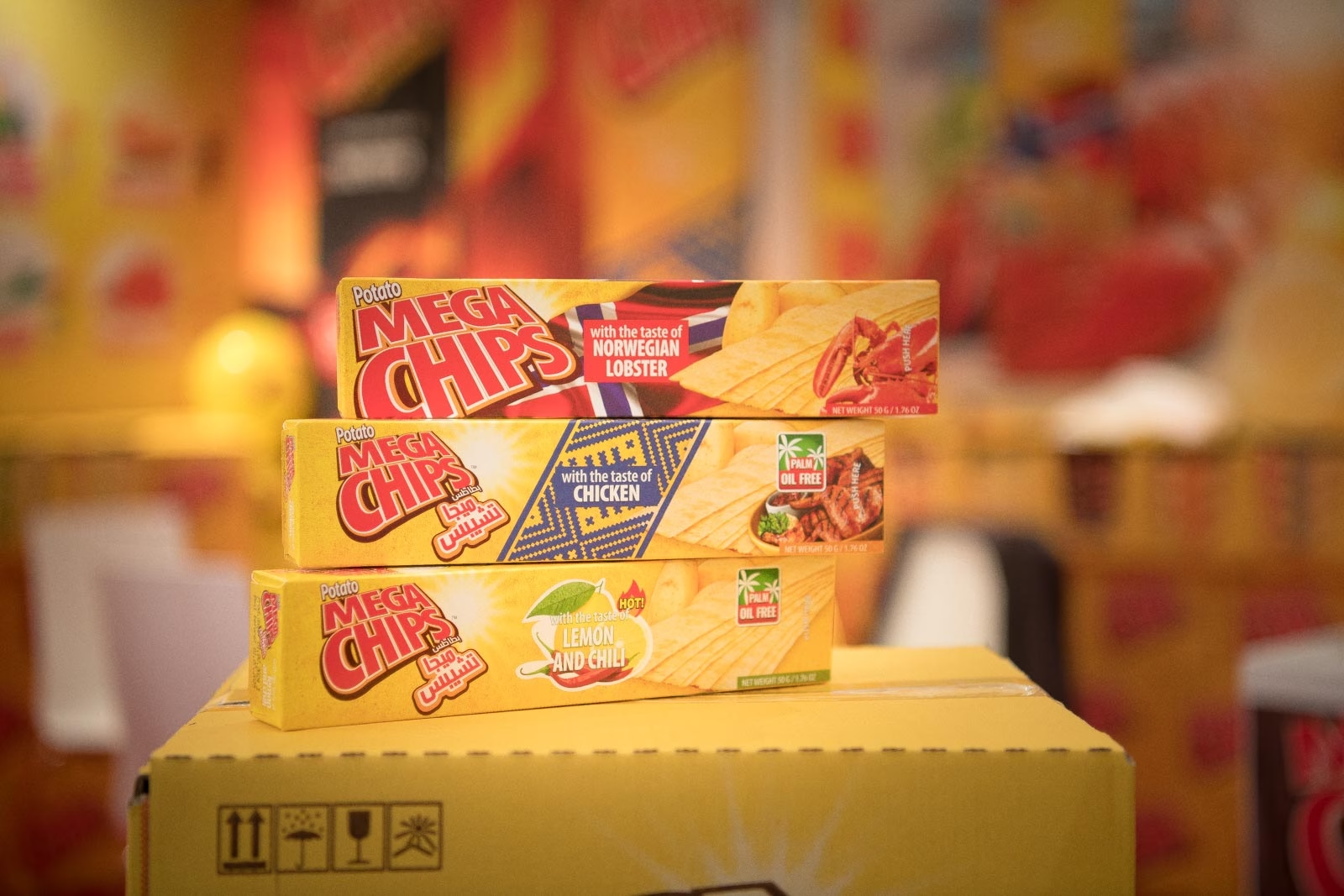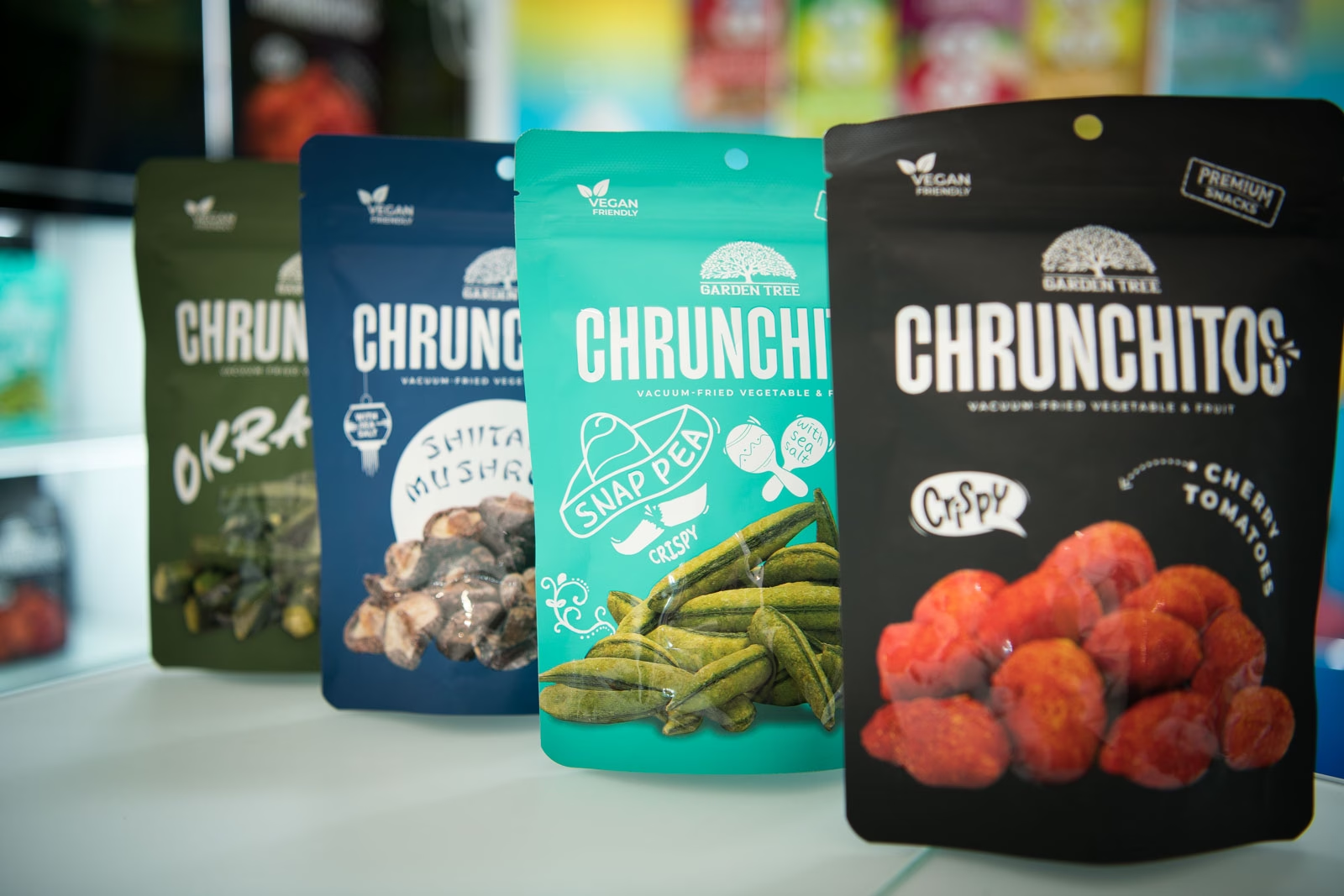This article draws on 20 years of observation of the food industry. And identifies the 4 main reasons why 80% of products launched in the food industry fail.

80% of innovations in the food industry fail within 12 months of being launched. In this article, I will talk about 4 types of mistakes I have encountered over the past 10 years of food industry market research.Contact IntoTheMinds Market Research Agency
If you only have 30 seconds
- Due to insufficient sales, 80% of new food products launched are withdrawn within 12 months.
- A purchase becomes habitual (and the decision to buy unconscious) once the consumer has bought the same product 7 times.
- There are 4 main reasons for failure:
- Quality/taste
- Poor differentiation
- A product that does not fit well with existing consumer habits
- Peripheral innovation
Innovation is a catalyst for the food industry. The reason is simple. To gain market share, you must attract consumers’ attention and retain them with a perceived value superior to the competition’s. It is all a question of perception. Therefore, acquiring new, innovative products is a sine qua non of any marketing strategy in this sector.
Yet food innovation suffered a severe slowdown after the Covid crisis. The number of new food products launched worldwide in 2022 fell by 12.7%. At the SIAL 2024 trade show, I observed that food industry companies had started to innovate again after streamlining at every turn and cutting marketing and R&D budgets. However, 80% of new products launched do not pass the 12-month mark. In this article, I share 4 reasons behind most of the failures I have observed. At the risk of sounding like a partisan, many of them could have been avoided if market research had been conducted beforehand.
Reason 1: quality and taste
It may seem obvious, but quality and taste are essential factors in the consumer’s decision to buy (or not to buy) a food product. After 20 years of observing new products in this market, I have concluded that some companies have forgotten this.
The latest research shows that consumers are looking for hedonism. 47% of food innovations in 2022 focused on pleasure. But was the pleasure provided up to the consumer’s expectations?
A purchase becomes habitual (and the decision to buy unconscious) once the consumer has bought the same product 7 times.
Here is just one example. At SIAL 2024, one of the products featured in the “SIAL innovation” category was a snack in the form of fried vegetables (see photo below). Four varieties were presented. The manufacturing process was innovative; it was fun to eat but tasteless. It is the kind of product you buy once to impress your friends at an aperitif and then forget about. Research shows that a purchase becomes habitual (and the decision to buy unconscious) once the consumer has bought the same product 7 times. Therefore, a product that is not perfect in terms of taste has little chance of becoming a habitual purchase.
I believe the players who entered the plant-based meat market before 2022 were also victims of this mistake. Even if there are other explanations for the failure of this sector, quality and taste were at the heart of consumers’ concerns.

One of the many plant-based meats stands at SIAL 2022. At SIAL 2024, players in this market were absent, little that the market had turned around
Reason 2: Lack of differentiation
Lack of differentiation is a cardinal sin in the food sector. All products are alike, and differentiation is the only way to attract consumers’ attention. However, differentiation must be relevant (see reason 4).
I often see products that are new in name only come onto the market. They are copies of existing products (called “Me Too” in marketing jargon). This mistake is particularly common in product categories where competition is fierce.
Some producers also try to differentiate themselves to create a buzz without concern for sustainability. And yet, in the FMCG sector, profitability and earnings come primarily from repeat purchases. Here’s a concrete example: pastis chips. In the long term, this product will not last long. On the other hand, let us give Bret’s’ marketing department credit for a successful media buzz.
Reason 3: integration into existing consumer habits
Reason no. 3 is undoubtedly one of the most subtle and can bring down even the most seasoned marketers. Human beings are creatures of habit. If you bring out a product that forces them to change their consumption habits and make their lives more difficult, you are setting yourself up for major disappointment. Here is a concrete example: coffee in brewable sachets. Coffee is one of the most widely consumed products in the world. It’s a huge market, and Nespresso has revolutionized it by making top-quality coffee available to everyone in seconds. Taste and speed are 2 key factors in drinking coffee. The Coffeeway brand wants to impose its coffee sachets outside its home market (Greece), but I predict the greatest difficulties. Heating the water, letting it brew, getting rid of the sachet … while this may be acceptable for a product like tea, which is a ritual, it will not convince coffee drinkers. This product only has disadvantages (less interesting taste, longer and more tedious to prepare) than the solutions currently on the market.
Reason 4: peripheral innovation
Innovation can only be peripheral in the food sector, as in any sector. By “peripheral” I mean innovations that do not concern the product itself, but the elements that “surround” the product:
- packaging
- product presentation
- distribution
- advertising
This kind of “peripheral” innovation is quite common. Uninspired marketers no doubt see it as a shortcut to meeting their annual targets. Unfortunately, it rarely works.
A concrete example (also spotted at SIAL 2024) is rectangular potato chips. Imagine a flat rectangular potato chip 10 cm long. These are Mega Chips. These chips are not made from whole potatoes but from rehydrated potato flakes. In short, they are fun for an aperitif, but I doubt you will turn them into an “everyday” consumer product that will replace real potato chips, especially since they are ultra-processed products.

Megachips were shortlisted in the SIAL Innovation category in 2024. They are made from rehydrated potato flakes
Finally, here is another example that made me laugh in 2016 when I discovered it: an industrial cake that comes to life thanks to augmented reality. In 2016, I thought it was completely futile (and it was) until I discovered 19 Crimes, an Australian wine that went from selling 4 million bottles to 18 million thanks to its labels animated by augmented reality. What worked in the case of 19 Crimes was, once again, the repetition of the purchase.
- The marketing aspects first attract you
- You taste the product, and it is convincing
- You buy again without paying more attention to the marketing aspects
In the case of the birthday cake, this sequence cannot work since, by definition, a birthday cake cannot lead to repeat purchases.










![Illustration of our post "Click and mortar: definition, advantages, and examples [Guide 2023]"](https://5cc2b83c.delivery.rocketcdn.me/app/uploads/click-and-mortar-online-offline-banner-120x90.jpg)
